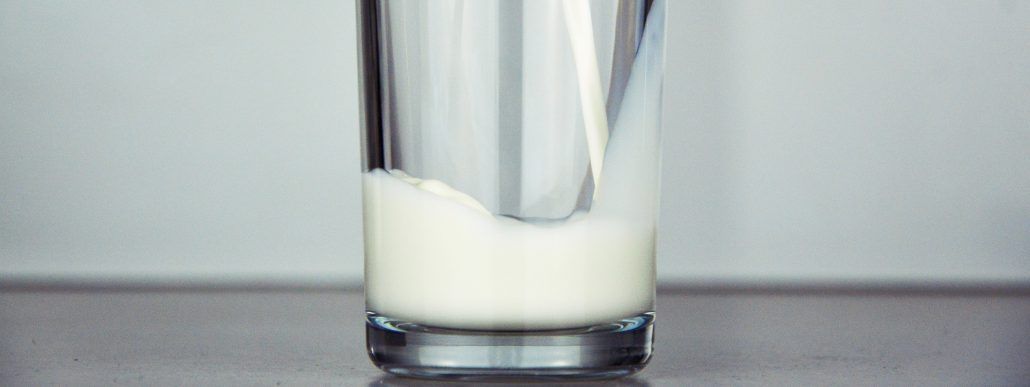Protein is an important part of people’s nutritional requirements. The amount of protein consumed in developing countries, especially in Africa, is nowhere near the nutritional requirement of the average person1. This is not always due to a lack of food as it can often be attributed to an inability to properly distribute food which is produced, which is more a problem of inequality than one of overpopulation2. This explanation does slightly shift the focus from producing more and more food to try and meet the growing demand, but the problem of a lack of protein in the majority of the developing world’s diet still remains. The problem is not only a lack of protein, but also a lack of good quality protein1. The majority of protein in developed countries is from animal products, whereas in developing countries it is from cereal and grain products1.
There are many different food sources of protein, such as red meat, poultry, fish, soya, and milk. Of these, milk contains the highest quality of protein. It seems as though milk, and milk products, could offer a great solution to protein demand, especially with regards to quality, in the developing world.
A significant question which is being raised by consumers, and many producers, is whether food has been produced responsibly with regards to sustainability. Sustainable agriculture ensures that products have been produced in a manner that is environmentally friendly, socially responsible and economically viable. I propose that milk, which has been produced on pasture-based systems, is done in such a manner.
The model for pasture-based milk production is such that the ability of cows to convert large amounts of fibre-based food, which humans are unable to digest, into healthy, protein rich milk is utilised to its full advantage. Cows are predominantly fed from pastures which are grown on the farm using minimal tillage, minimal chemical fertilisation practices and minimal chemical pesticide and herbicide use. This ensures a low environmental impact of agricultural practices as well as wholesome, healthy milk and dairy products being produced.
Milk provides a healthy, sustainably produced (when sustainability best practices are implemented) source of protein.
References:
- Schoonfeldt HC & Hall NG. 2012. Dietary protein quality and malnutrition in Africa. British Journal of Nutrition 108:S69-S76.
- Tomlinson M. 2014. Inequity is the problem, not overpopulation. http://www.sun.ac.za/english/Lists/news/DispForm.aspx?ID=1625– Accessed 16 September 2014
- A carbon footprint assessment for pasture-based dairy farming systems in South Africa - 2024-02-07
- What progress have farms participating with Trace & Save made over the past 10 years? - 2023-09-06
- Carbon footprint reduction over time: Lessons from pasture-based dairy farms in South Africa - 2023-09-04

